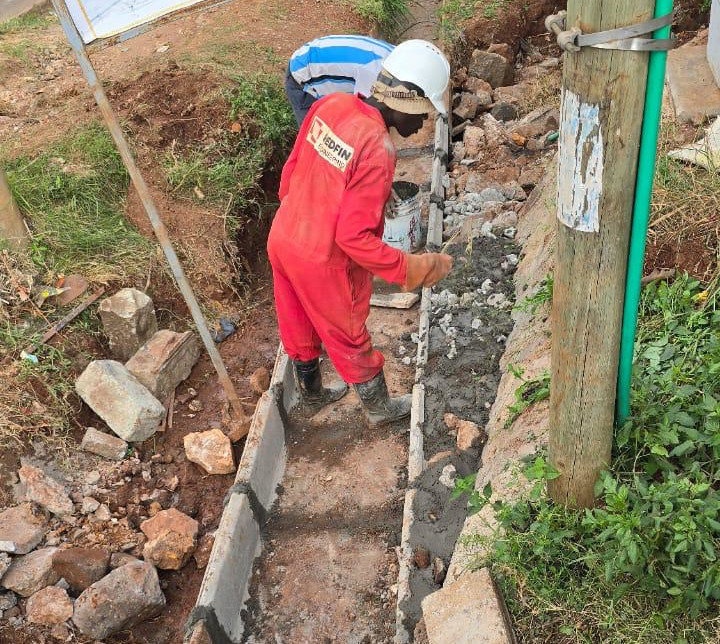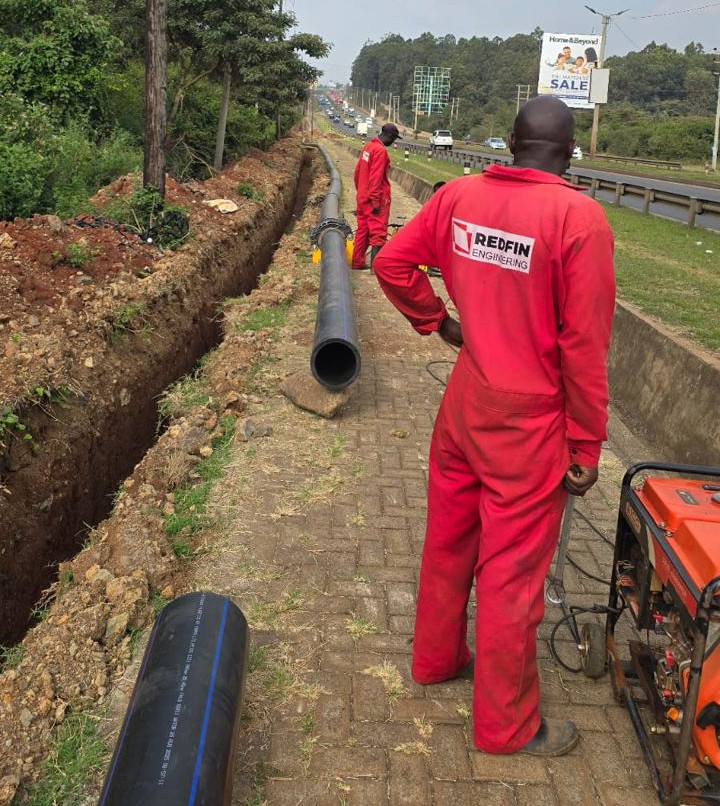Public–Private Partnerships
- Home
- Public–Private Partnerships

Aligning Public Mandates with Private Execution
At Redfin Engineering, we understand the tension many public entities face: ambitious goals for service delivery set against limited and often delayed budgets. Too often, traditional contracting models force governments to choose between postponing critical projects or shouldering all the financial risk themselves. This cycle slows progress and leaves communities waiting. Our PPP frameworks were created to bridge this gap. By bringing counties, utilities, financiers, and technical partners into one aligned structure, we enable projects to move forward quickly, share risks fairly, and ensure that public value is protected from start to finish.
THE PROBLEM WE SOLVE
Budget Cycles
Infrastructure plans often stall because public budgets move slowly, forcing essential projects to wait for formal approvals. The result is delayed progress at the very moment when communities need faster solutions.
Revenue Loss:
At the same time, utilities lose significant income as inefficiencies remain unaddressed. Without the resources to repair systems or upgrade networks, they are trapped in a cycle where financial gaps prevent meaningful improvements.
Fragmented Models
Traditional approaches only add to this strain. By separating financing from execution, they create disconnects between how projects are designed, how funds are secured, and how delivery takes place, leaving no one accountable for the whole outcome.
Our PPP Model
We design frameworks that are both financeable and performance-linked, ensuring that essential services can begin immediately rather than waiting for budget approvals.
Repayment is tied directly to measurable outcomes, which keeps all parties aligned. The process begins with Design and Structure, where partnerships are shaped with legal clarity and transparent performance indicators. This sets the foundation for trust and accountability. From there, we embed Finance Integration, combining tools such as guarantees, leasing, and revenue-share models to unlock the capital needed for timely delivery. With the structure in place, we rely on Execution Capacity, coordinating technical partners, resources, and delivery systems so that projects move from concept to reality. Finally, we ensure Shared Rewards, where investors and operators recover their costs through savings or new revenues, while public entities retain ownership and full oversight of the assets.

